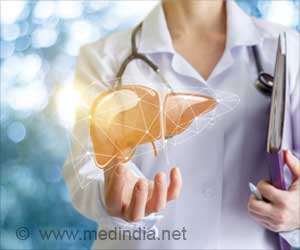A new study suggests that the risk of death due to myocardial infarction was not reduced by echocardiographic screening in the general public for structural and valvular heart disease.

Haakon Lindekleiv, M.D., Ph.D., of the University of Tromsø, Norway, and colleagues examined whether echocardiographic screening in the general population improved long-term survival or reduced the risk of cardiovascular disease in a randomized clinical study.
Researchers studied 6,861 middle-aged participants (3,272 in a screening group and 3,589 in a control group). In the screening group, 290 participants (8.9 percent) underwent follow-up examinations because of abnormal findings and cardiac or valvular pathologic conditions were verified in 249 participants (7.6 percent).
"Among the screening group, the prevalence of structural heart and valvular disease was 7.6 percent, and the most common finding was valvular disease. However, diagnosing asymptomatic disease is useful only if it can lead to clinical action that slows or stops progression of disease. Although sclerosis of the aortic and mitral valves has been associated with a substantial increased risk of cardiovascular disease, we did not find that early diagnosis of valvular disease in the general population translated into reduced risk of death or cardiovascular events," the study notes.
During 15 years of follow-up, 880 people (26.9 percent) in the screening group died and 989 people (27.6 percent) in the control group died. No significant differences were found in the measures for sudden death, mortality from heart disease, or incidence of fatal or nonfatal myocardial infarction and stroke, according to the results.
'This supports existing guidelines that echocardiography is not recommended for cardiovascular risk assessment in asymptomatic adults," the study concludes. "Although our results were negative, we believe that they are of clinical importance because they may contribute to reducing the overuse of echocardiography."
Commentary: Echoing the Appropriate Use Criteria
"Given the low prevalence of structural heart disease in the general population, the number needed to screen is high, and the findings of the Tromsø Study suggest that early intervention for preclinical disease did not improve outcomes. Furthermore there may be potential for harm. Although echocardiography is nonradiating [does not involve exposure to radiation], a normal resting echocardiogram does not exclude coronary disease," they conclude.
Editor's Note: Please see the article for additional information, including other authors, author contributions and affiliations, financial disclosures, funding and support, etc.
Source-Eurekalert
 MEDINDIA
MEDINDIA




 Email
Email









